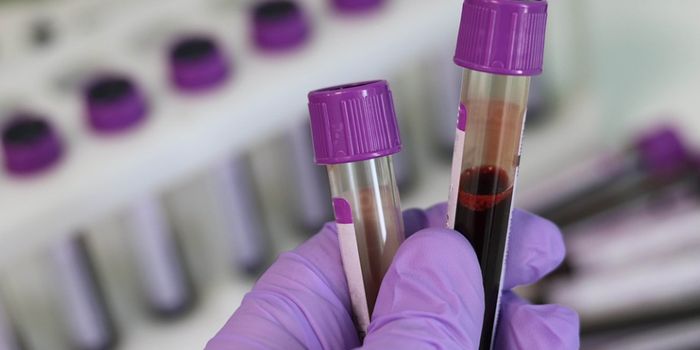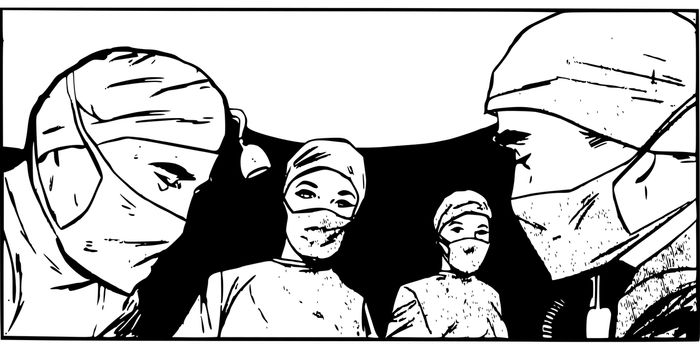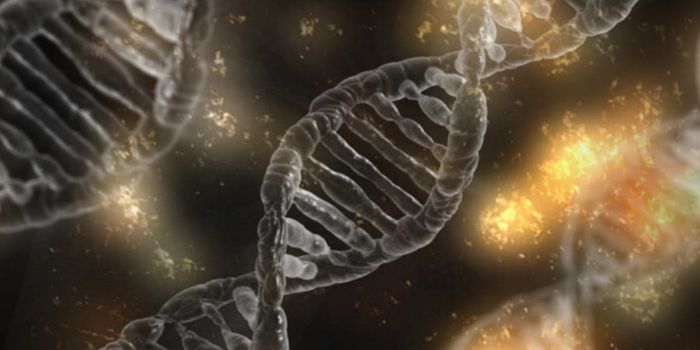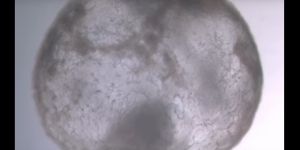A Painful Nineteenth Century Mastectomy: Nabby Adams Smith
Today, August 15, marks the anniversary of the death of Abigail Adams Smith, the daughter of the second President of the United States, John Adams, and sister of the sixth President of the United States, John Quincy Adams. Abigail, known as “Nabby” to her family, suffered from metastatic breast cancer, and she succumbed to the disease in 1813, two years after undergoing a mastectomy…without anesthesia.
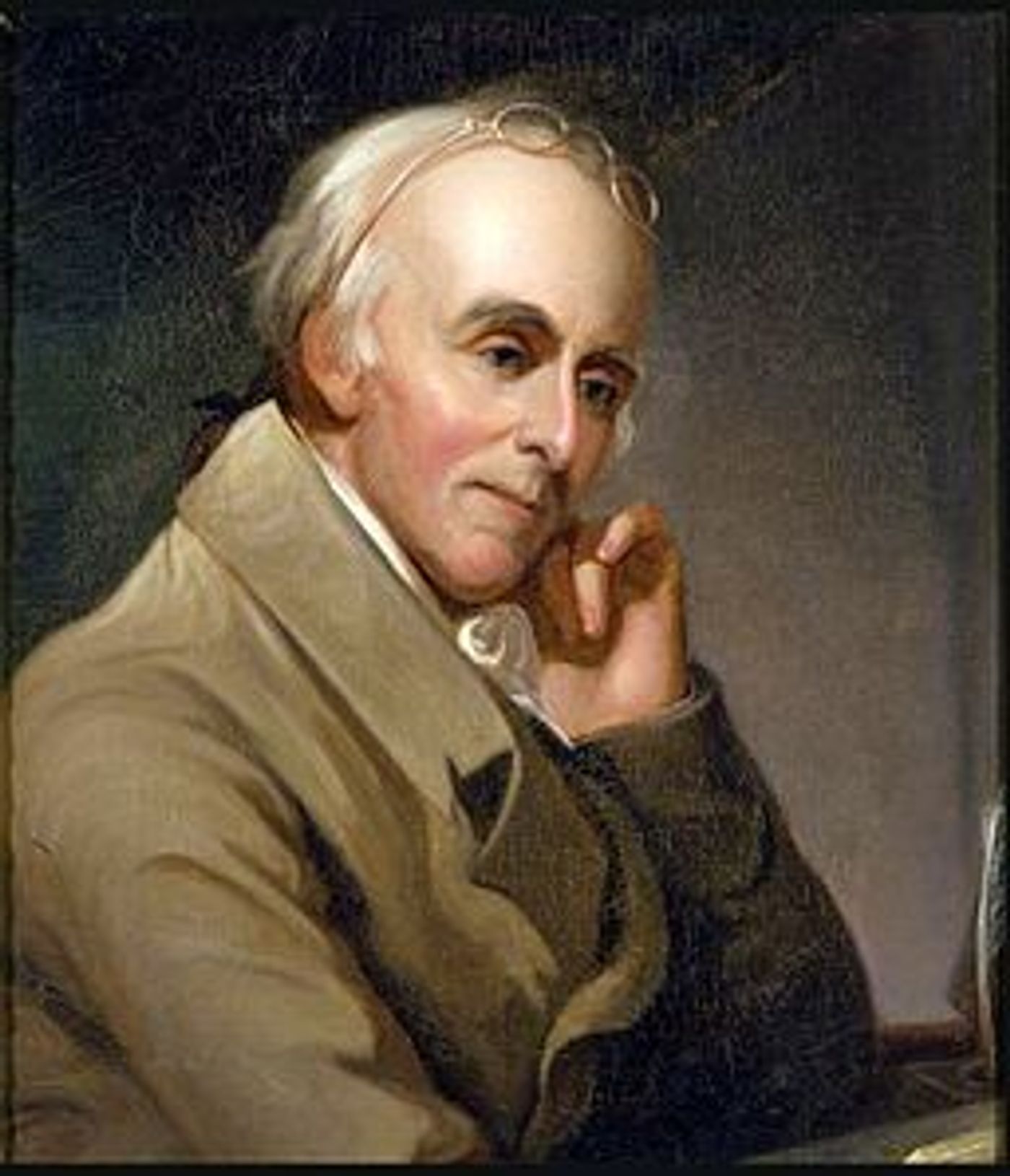
Dr. John Warren, a well-known surgeon, performed Nabby’s mastectomy, which lasted less than a half hour, on October 8, 1811, in a bedroom of her parent’s home. Typical of the tools-of-the-trade for surgeons at this time, Warren utilized a large fork with two sharp prongs and a razor with a wooden handle. After being belted into a reclining chair, assisting physicians held Nabby still as Warren used the fork to lift her diseased breast and severed it from her body with the knife. Finding the cancer had spread into the lymph nodes, Warren cut out additional visual tumors under her arms. Next, the surgical team had to stop the bleeding and cauterize the wounds, a challenging process that took over an hour and involved a hot, thick iron spatula. 
Nabby recovered from the operation, and she, her family, and doctors believed the cancer cured, but eventually, she began to experience headaches and back pain. First mistaken as rheumatism, her doctors soon realized that cancer cells left behind following her operation had metastasized into more tumors, visible in the scar tissue on her skin.
Nabby’s husband brought her back to Massachusetts to spend her remaining time in her parent’s house. Following a grueling and painful 300-plus mile carriage ride, the Smiths arrived on July 26, 1813. John Adams cared for Nabby until she died on August 15, only 22 months after her excruciatingly painful surgery.
Because she came from a famous family and had ties to some of the most well-regarded physicians of her day, the medical history associated with Nabby Adams Smith’s breast cancer was well-documented. At a time when cancer was recognized, but poorly understood, and medical practices had not yet evolved to allow safe and painless surgeries, mastectomies without anesthesia were not uncommon. Another four decades would pass before ether came into use as an anesthetic. Ironically, Dr. Warren would later become famous for performing the first publicly viewed surgery with anesthesia in I846.
Sources: Am J Med, Acad Radiol, Clin Cardiol, J Med Biogr



